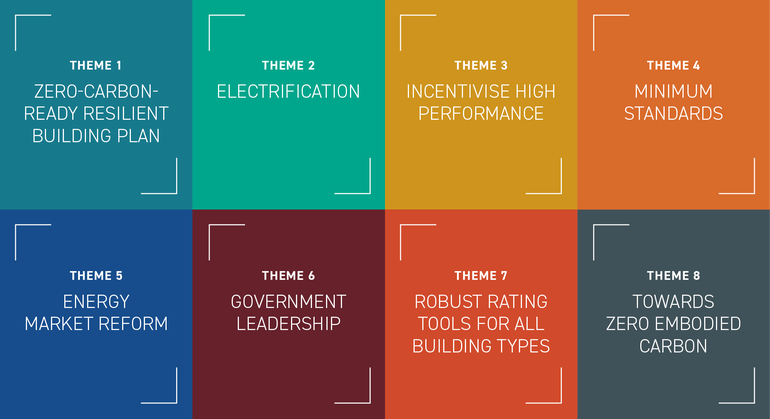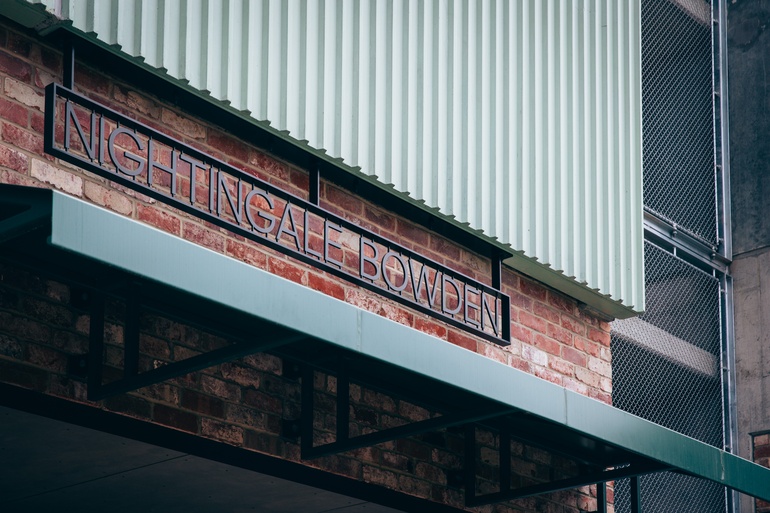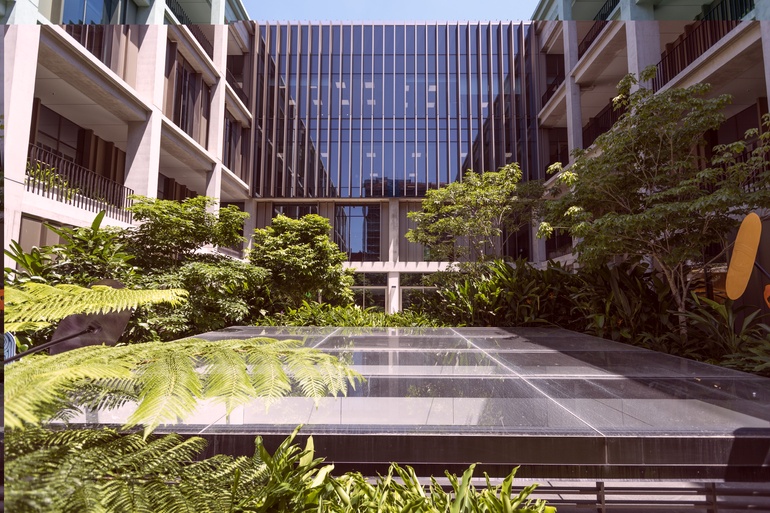Government leadership helps to foster resilience, reduce our emissions, encourage innovation and sustainably build productivity over the long term. Leading by example and implementing coordinated, targeted policies and programs can help our buildings and industry to achieve their full potential.
We have built deep relationships with state and territory governments across Australia to help transform the built environment.
Every Building Counts
In ‘Every Building Counts’, a policy platform released by GBCA and the Property Council of Australia in 2023, we call on governments to shape a green, healthier, and more equitable built environment. The state & territory government version of the report outlines 40 recommendations across eight themes to help Australia achieve its decarbonisation goals. In Australia, the built environment accounts for over 50% of the country’s electricity and almost 25% of emissions. However, our property sector is a global leader in sustainability and so we are well positioned to deliver high-impact, but cost-effective ways of reducing carbon and improving energy performance.
Read Every Building Counts
See a few examples of visionary government leadership below:
South Australia
Growing South Australia's circular economy
GBCA partnered with Green Industries SA to explore circular economy opportunities for South Australia’s built environment sector. Circular economy in South Australia's built environment: Action plan outlines the key actions and the stakeholders that will need to work collaboratively to drive the transformation from linear to circular.
Nightingale Bowden
Nightingale Bowden, a collision of social and environmental sustainability, is the result of a landmark collaboration between Housing Choices South Australia, the South Australian Housing Authority (SAHA), Renewal SA and not-for-profit, Nightingale Housing.

Queensland
Surgical Treatment and Rehabilitation Service (STARS)
The 182-bed hospital is the first hospital to be awarded 5 Star Green Star Performance v1.2 certification. This represents Australian leadership, and acknowledges STARS’ efficient building operations and innovations. The hospital’s performance excelled in waste management, energy and water efficient systems, with an architectural design that optimises thermal performance and air flow. The project team also paid close attention to land use and ecology, with the protection of environmentally significant surrounding areas.

New South Wales
NSW Consumer and Energy Strategy
Powering our People and Communities commits $290 million in new funding and outlines 50 actions aimed at helping households and small businesses reduce energy bills, alleviate cost-of-living pressures, and accelerate the uptake of energy-saving technologies. The focus on energy efficiency and electrification aligns with GBCA’s Every Building Counts policy platform which outlines key steps needed to achieving Australia’s national climate targets.
Among the key actions in the strategy are:
- The Home Energy Saver program, a $238.9 million initiative that will provide financial support for eligible households to upgrade to energy-saving technologies by 2025.
- New Home energy ratings, giving renters and buyers more information about the energy efficiency of homes, enabling more informed decisions about heating and cooling costs.
- Australia's first targets for solar and battery uptake, aiming for 1 million households and small businesses to have access to both rooftop solar and battery systems by 2035, and nearly 1.5 million by 2050.
Bradfield City Centre Master Plan
Bradfield City Centre will be a thriving new community on the doorstep of the new Western Sydney International Airport. The master plan has been developed in consultation with industry to help achieve the vision of the Western Sydney Aerotropolis Plan to create an accessible, innovative and connected city with great places. The project will provide over 20,000 jobs and 10,000 new homes – of which at least 10 per cent will be affordable housing. The vision of the master plan is of a future of net zero footprints and smarter ways for people, the environment, and business to thrive together.
Bradfield City Centre has committed to creating a city of healthy, resilient, and sustainable buildings and places. It will seek a 6 Star Green Star - Communities rating throughout design and delivery phases.
Australian Capital Territory
Sustainable Buildings Pathway
The ACT Sustainable Building Pathway is a ten-year plan to lead the territory towards international best practice on environmentally sustainable and climate resilient buildings and help the ACT to achieve its target of net zero emissions by 2045. GBCA provided policy input in the development of the Pathway which provides concise objectives and clear guidance for the sector, bringing the government, the building and construction industry, and the community together on the path to climate readiness.
Ginninderry
Ginninderry, which will one day span four suburbs across ACT and NSW, was among Australia's first 6 Star Green Star communities. By 2055, Ginninderry will be home to more than 30,000 people.

Victoria
No new gas connections
The Victorian Government’s Gas Substitution Roadmap is designed to help the state navigate the path to net zero emissions by 2050. The Roadmap will help empower Victorian households and businesses to embrace sustainable alternatives to fossil gas and enhance access to an affordable, secure, reliable and safe energy supply.
Currently, over 2 million Victorians use gas in their homes and businesses which is more than any other state or territory. From 1 January 2024, new homes requiring a planning permit are now required to be all-electric.
Western Australia
Sectoral emissions reduction strategy for Western Australia - pathway for buildings and waste
Western Australia is the first jurisdiction in Australia to develop a sectoral emissions reduction strategy (SERS). SERS creates the foundations for delivering the State Government’s commitment to net zero greenhouse gas emissions by 2050.
Initiatives include the implementation of new Sustainable Design Guidelines. The guidelines will encourage all‑electric design for non‑residential State Government‑owned new builds and upgrades and encourage certification of new government buildings to a Green Star 4 Star ‘Best Practice’ rating.
Be in the know
Stay up to date with our advocacy efforts and key policy announcements and initiatives from across Australia by signing up for our Policy Snapshot newsletter. You can opt in as you create a GBCA account or update your preferences in the footer of the next marketing email you receive from us.
View previous editions of Policy Snapshot